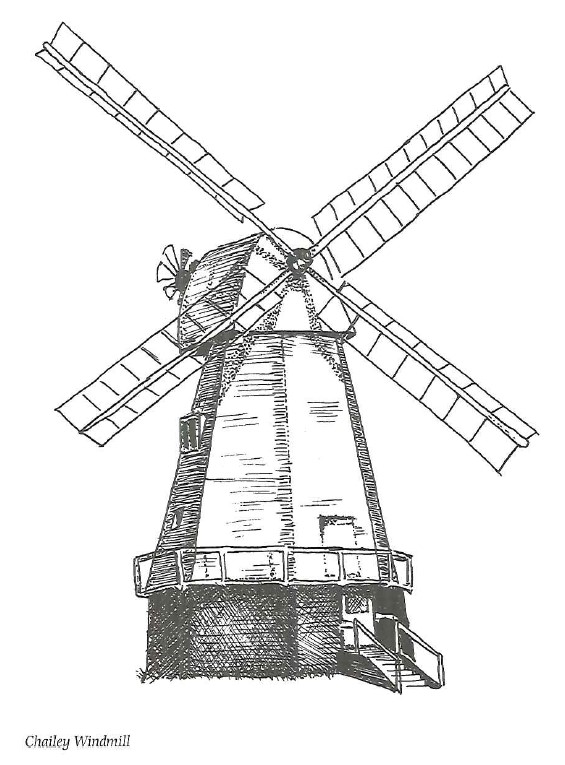The perils of living at the junction of two busy main roads were captured on camera in an attempt to get a pedestrian crossing here. Unfortunately, the maker of the video film which showed the ‘traumatic experience’ for old folk of getting across London Road as the traffic flashed by later taped over the evidence with a Noel Coward television special. However, the findings of the film were forwarded to the Department of Transport for consideration.
Traffic apart, this is a vibrant village. It has none of the history of its neighbours but there is plenty going on and the official twinning in 1983 with Ellerhoop, a similar community north of Hamburg in West Germany, has added to the general flavour of activity with both cultural and sporting exchange visits.
Not many small rural communities can boast a clock tower. Hurst Green’s was erected by public subscription in memory of George Burrow Gregory, of Boarzell, who died March 5, 1892.’ It used to incorporate a police house, court and village lock-up but is now used as private offices.
Another village gift that no longer serves the purpose for which it was intended is William Orme Caterson JP’s drinking fountain, presented by the master of The Lodge in May 1901.
The water supply has been blocked off and the structure seems to have suffered from a collision with one of the cars which cause the community so many headaches.
It is strange to think that there are still people in the village who recall an old gentleman from an age when warfare had more in common with the Crusades than today’s push-button destruction and smart bombs. He was Colour Sergeant James Haiter, a Hurst Green man buried at Salehurst in January 1928 at the age of 94. He was the last survivor of the Grenadier Guards who fought in the Crimea.
